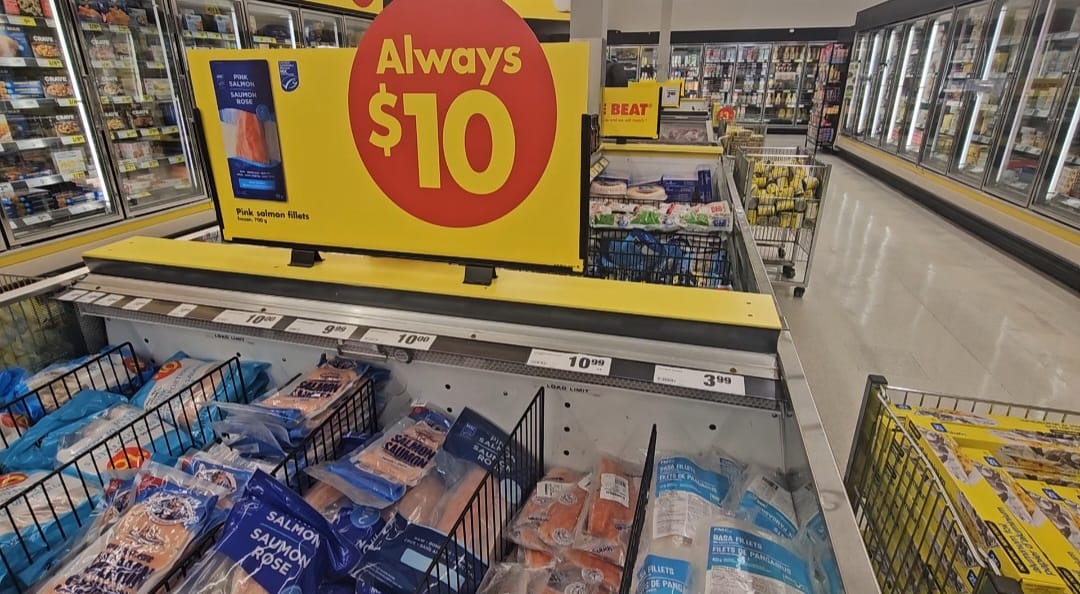
Canada’s Food Price Report predict food products in Canada have an average inflation rate increase between 2.5 and 4.5 in 2024. This is down from the average five to seven per cent in 2023. In 2024, a family of four is predicted to spend $16,297.20 on food, $701.79 over.
The researchers who worked on this report look at the past year in terms of food policy and forecast inflation for the next year. Sylvain Charlebois, one of the authors of the publication and director of Dalhousie University’s Agri-Food Analytics Lab, believes 2024 is going to be an important year because the prices are going to be normalized after a tumultuous 2023.
Consumers will be able to find great deals on canned food while the price of produce will see the most significant increases of five to seven percent.
While experts believe that the inflation has gone down consumers are still feeling the impact of high prices, especially students. Shaina Kamboj a student at Sheridan College, said that groceries are still expensive for her. She doesn’t have a job and paying for groceries puts her in a tight spot.
Several factors contribute to higher food prices. For instance, the war in Ukraine.
David Johnson, Professor of Economics at Wilfrid Laurier University says climate change and other natural factors have a huge impact on food prices.
The government has no control over these factors. For example, the war in Ukraine.
During the war a huge amount of the world’s grain production and oil seeds became unavailable. This led to an increase in oil prices, which was also the reason for the inflation of food prices. “The government can’t do much about it. It’s pretty challenging because we can’t change the world price of wheat or oil fields,” says Johnson.
What can consumers do?
With inflation skyrocketing in 2023 the authors of the food report also found out Canadians spent less on food than predicted: $252.89 per capita in August 2023 against $261.24 the previous year. This meant that the consumers were spending less money on food in the face of high food prices. This also meant that they were decreasing the quantity and quality of food they were buying. There were nearly two million visits to food banks in Canada in 2023, a 32 per cent increase from 2022. The government is pressuring grocery stores to sign the grocery code of conduct to bring stability to food prices.
Financial manager Coleen Clark suggests people should start buying in bulk. Hoarding things that are cheap and won’t get spoiled easily. Buying in bulk also helps save on the packaging. Eating at home rather than eating out.
“You will have to find something cheaper. You’ll have to go to the grocery store and buy a lot of macaroni and cook it to save some money,” says Clark.
Clark suggests finding coupons to price match. Sometimes there is a huge difference in the prices of things that are sold at different stores. The Flipp app helps people find the best prices at multiple stores. Clark also suggested learning to make things from scratch. Making use of leftovers could also be a good way to save money.
Student Owen Matthews suggests buying groceries at the Dollar Store. Matthews suggests buying the basics from there, and then produce from the grocery store.
Rising food costs, has become a national crisis for many consumers. While there is not much that we can do to control food inflation we can look for strategic ways to manage grocery expenses. As consumers look for options to deal with inflation, being resourceful, introducing sustainable practices daily, and exploring different ways will be key to managing the impact of rising food prices on everyday life.
